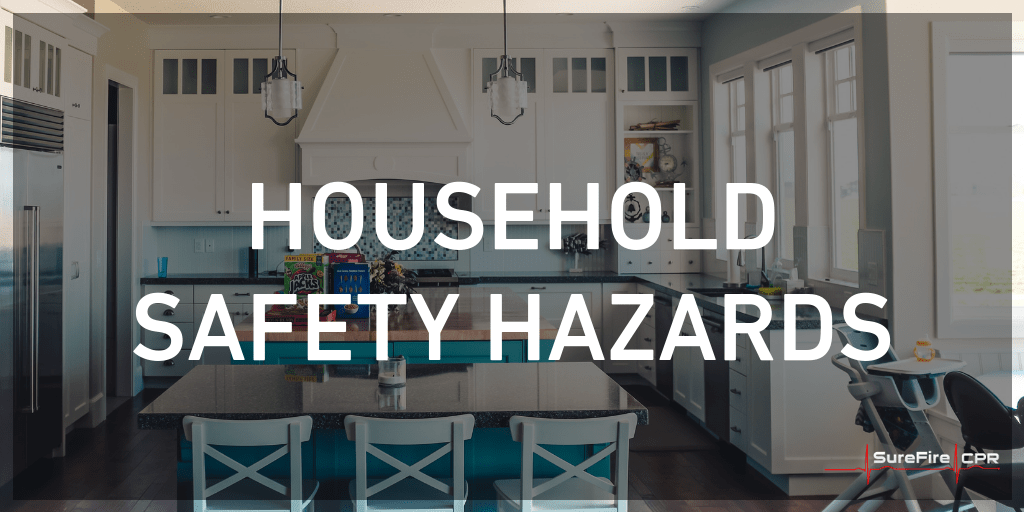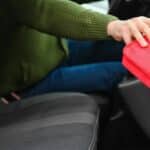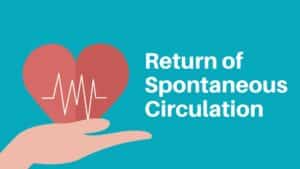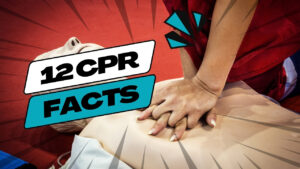Household safety hazards are present in every home, regardless of size or location. Fortunately, there are lots of things that you can do to identify and address household safety hazards before they escalate.
Now, let’s take a look at 10 household safety hazards, along with tips to reduce or eliminate these issues.
- Falls
Household falls sometimes cause broken bones, head injuries or other serious injuries. To prevent household falls, ensure all staircases are stable and feature solid handrails. Additionally, clear outside stairs of hazards like dirt, debris and snow and install grip tape or mats to make these surfaces less slippery than ever before.
- Fires
A U.S. fire department responds to a fire every 24 seconds, according to the National Fire Protection Association. Meanwhile, an unattended iron, candles or other fire hazards may increase the risk of a household fire. Installing fire alarms on all levels of a home and checking the alarms’ batteries at least once a year is paramount. Also, purchase a fire extinguisher and learn how to use the device; that way, you will be ready to use a fire extinguisher in a household fire emergency.
- Poisoning
Accidental ingestion of poisonous cleaning and home maintenance supplies can be fatal. Or, over-the-counter and prescription medication abuse may also lead to poisoning. To limit the risk of poisoning, store cleaning, and home maintenance supplies and medications away from kids and teens. It is generally a good idea to err on the side of caution, and if necessary, you should lock up any poisonous household liquids as well.
- Choking
Choking was the fourth-leading cause of unintentional death in the United States in 2017, the National Safety Council reports. There is no telling when a household choking emergency will occur, but there are several techniques that you can perform to help choking victims. For example, the Heimlich maneuver can be used to help prevent a choking victim from suffocating. Furthermore, cardiopulmonary resuscitation (CPR) training classes teach individuals how to administer CPR and other life-saving techniques to conscious and unconscious choking victims.
- Drowning
A consumer affairs agency study found deaths from drowning in bathtubs rose 70% between 2004 and 2014, The Wall Street Journal reports. Drowning is a household hazard that commonly affects children during bath time. To eliminate this risk, watch a child closely and never leave a bathtub that has a child in it unattended during bath time. Also, you should fill a bathtub with only a few inches of water.
- Carbon Monoxide
Even low exposure to carbon monoxide (CO) in a home may cause severe headaches and dizziness. With a carbon monoxide detector in place, however, you can be alerted if CO reaches a hazardous level inside your residence. It is also important to maintain your home’s heating, ventilation and air condition (HVAC), gas, oil and other systems that otherwise could leak CO.
- Strangling
Window blind or curtain cords present strangulation hazards for children. Therefore, you should keep these cords out of reach of children at all times. You should also trim or remove window cords as needed, or you can install cord wraps to help disguise window cords.
- Burns
Dishwashers and stoves are the primary culprits behind household burns. As such, you should ensure a dishwasher is latched securely during use. It may even be beneficial to pick up a dishwasher appliance lock to prevent a child from opening a dishwasher when it is being used. In terms of stove safety, use a stove’s back burners any time you can; this makes it more difficult for a child to reach a hot stovetop. Installing stove knob covers helps prevent a child from inadvertently turning on a stove, too.
- Sharp Objects
Forks, knives and other utensils are sharp objects found in most kitchens. Comparatively, homeowners commonly use rakes, saws and other sharp tools to maintain their lawns. Any sharp objects in a home need to be stored in a safe location. For sharp kitchen utensils, store these objects in a drawer where a child cannot easily reach them and use a drawer lock. On the other hand, yard tools can be locked in a shed or garage when they are not in use.
- TVs
A television can easily tip over if it is placed on top of a media console or desk. Thus, it is crucial to install a wall anchor device for a TV, place a TV on a low, sturdy base and move a TV as close to a wall as possible. You should also avoid placing items on top of a TV; otherwise, a child may be tempted to climb a TV to reach an item that was placed on top of it.
As the aforementioned list shows, there is no shortage of household safety hazards. With the proper approach to household safety hazards, anyone can take steps to address these issues before they get out of hand.











